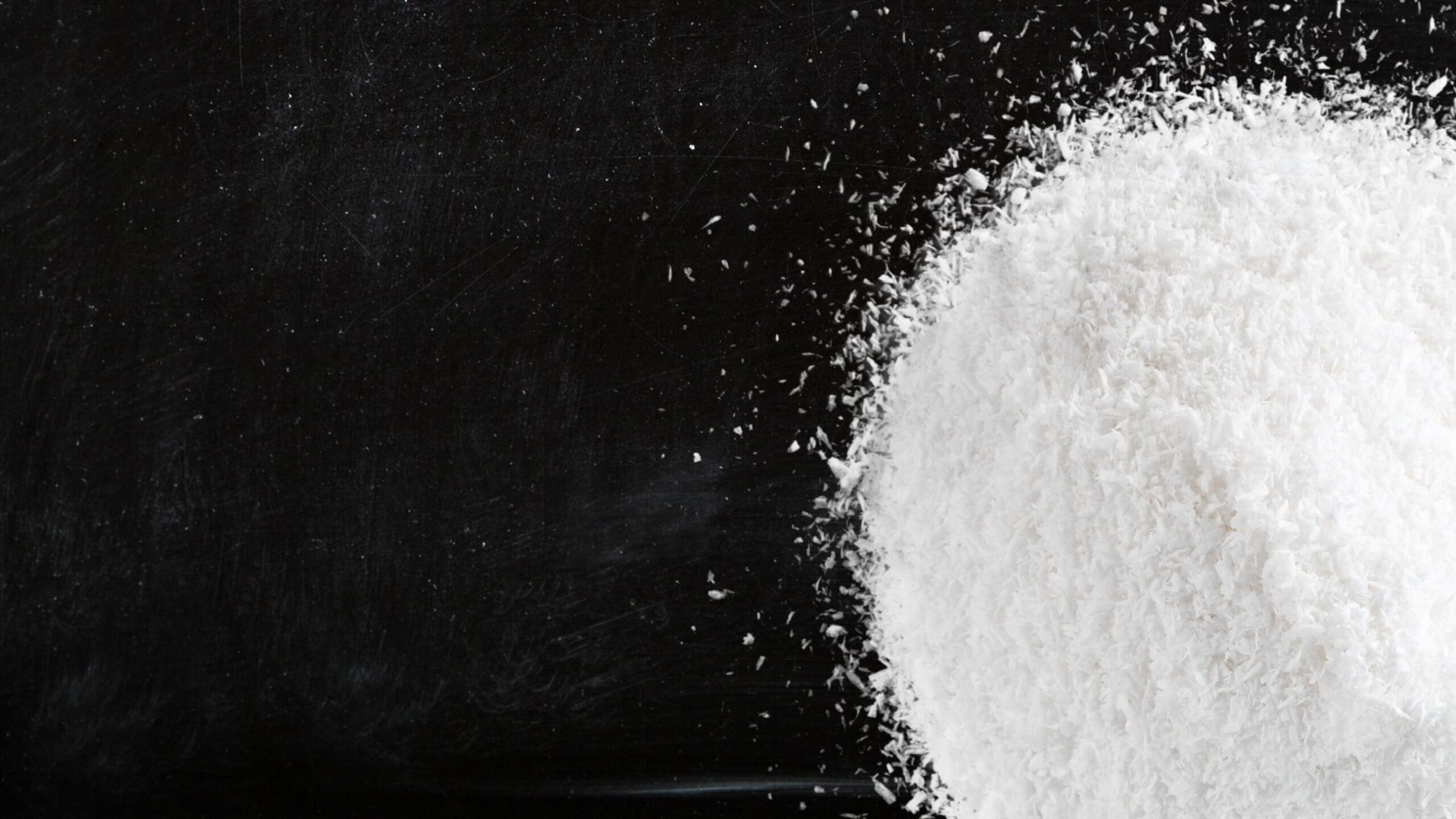BACKGROUND
On March 14, 2024, the European Commission published Regulation (EU) 2024/858 (known as “OMNIBUS NANO”) which brings updates to the Cosmetics Regulation (EC) No 1223/2009. These updates impact Annexes II and III, focusing on the use of specific nanomaterials in cosmetic formulations.
In Annex II, newly added substances are prohibited from being used in cosmetics, while those listed in Annex III may be used provided they comply with specified restrictions.
Article 16 of the EU Cosmetics Regulation established that nanomaterials incorporated into cosmetic products must not pose risks to human health. Whenever the European Commission expresses concerns about the safety of a nanomaterial used in cosmetics, it requests the opinion of the Scientific Committee on Consumer Safety (SCCS) regarding the substance’s safety.
These updates align with SCCS opinions concerning the safety assessments of various substances in nanomaterial form.
WHAT’S NEW?
Regulation (EU) 2024/858 entered into force on April 3, 2024.
The industry will have a period to adjust to the updated requirements, modify formulations as needed, and remove non-compliant products from the market. As of February 1, 2025, new products are prohibited from being placed on the market, while existing products should not be made available from November 1, 2025.
For certain nanomaterials, the SCCS concluded that they pose health risks to consumers based on their physicochemical, toxicological, and exposure characteristics. For other nanomaterials, due to limited or missing essential information, the SCCS couldn’t complete the safety assessment. Additionally, for some nanomaterials with limited data available, concerns were raised regarding potential accumulation in organs, as well as mutagenic/genotoxic and immunotoxic/nephrotoxic effects.
According to Regulation (EU) 2024/858, nanomaterials falling under these categories are prohibited and are listed in Annex II of the Cosmetics Regulation. The nanomaterials added to Annex II are:
- Styrene/Acrylates copolymer (nano) and Sodium Styrene/Acrylates copolymer (nano)
- Copper (nano) and Colloidal Copper (nano)
- Colloidal silver (nano)
- Gold (nano), Colloidal Gold (nano), Gold Thioethylamino Hyaluronic Acid (nano) and Acetyl heptapeptide-9 Colloidal gold (nano)
- Platinum (nano), Colloidal Platinum (nano) and Acetyl tetrapeptide-17 Colloidal Platinum (nano)
However, for Hydroxyapatite (nano), the SCCS concluded that it is safe for use in specific nanomaterial compositions and at concentrations up to 10% in toothpaste and up to 0.465% in mouthwash. Since there’s a lack of data to assess its inhalation risk, Hydroxyapatite is not permitted in sprayable products. This substance has been included in Annex III of the EU Cosmetics Regulation.
References:







